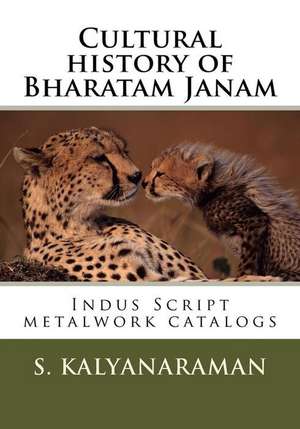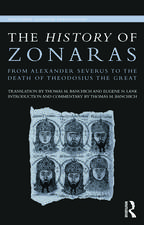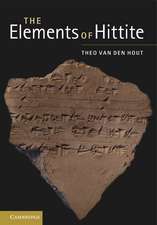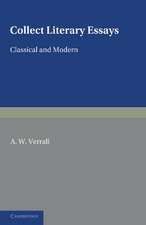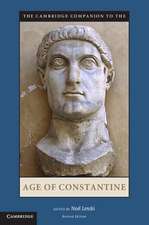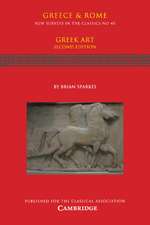Cultural History of Bharatam Janam
Autor Dr Srinivasan Kalyanaramanen Limba Engleză Paperback
Preț: 201.34 lei
Nou
Puncte Express: 302
Preț estimativ în valută:
38.54€ • 41.88$ • 32.39£
38.54€ • 41.88$ • 32.39£
Carte tipărită la comandă
Livrare economică 21 aprilie-05 mai
Preluare comenzi: 021 569.72.76
Specificații
ISBN-13: 9780991104857
ISBN-10: 0991104854
Pagini: 608
Dimensiuni: 178 x 254 x 31 mm
Greutate: 1.04 kg
Editura: Sarasvati Research Center
ISBN-10: 0991104854
Pagini: 608
Dimensiuni: 178 x 254 x 31 mm
Greutate: 1.04 kg
Editura: Sarasvati Research Center
Notă biografică
Dr. S. Kalyanaraman is Director, Sarasvati Research Center, President, Ramasetu Protection Movement in India and BoD member of World Association for Vedic Studies. His research interests relate to rediscovery of Vedic Sarasvati River, roots of Hindu civilization, decoding of Indus Script, National Water Grid and creation of Indian Ocean Community. He has a Ph.D. in Public Administration from the University of the Philippines. He is a multi-lingual scholar versed in Tamil, Telugu, Kannada, Sanskrit, Hindi. He was a senior financial and IT executive in Asian Development Bank, Manila, Philippines and on Indian Railways. His 18 publications include: Indian Lexicon - a multilingual dictionary for over 25 Indian languages, Sarasvati in 15 volumes, Indian Alchemy - Soma in the Veda, Indus Script Cipher, Rastram, Indian Hieroglyphs, Harosheth Hagoyim, Indian Ocean Community, A Theory for Wealth of Nations, Sagan Finds Sarasvati (A novel). He is a recipient of many awards including Vakankar Award (2000), Shivananda Eminent Citizens' Award (2008) and Dr. Hedgewar Prajna Samman (2008). Kalyanaraman S, 1999, SarasvatiRiver, Godess and Civilization, in: Memoir 42, Vedic Sarasvati, Geological Survey of India, Bangalore, pp. 25-29. Kalyanaraman, S, 2000, River Sarasvati: Legend, Myth and Reality, All India Sarasvat Association, Mumbai Kalyanaraman S., 2001, Sarasvati, Babasaheb Apte Smarak Samiti, Bangalore (1100 pages, 600 illustrations) Kalyanaraman S, 2004, Indian Alchemy: Soma in the Veda, Munshiram Manoharlal, Delhi Kalyanaraman S., 2004, Sarasvati (an encyclopaedic work in 7 volumes: Civilization, River, Bharati, Technology, Epigraphs, Language), Bangalore, Babasaheb Apte Smarak Samiti, Bangalore Kalyanaraman S., 2007, Rama Setu, Chennai, Rameswaram Ramsetu Protection Movement Kalyanaraman, S., 2010, Indus Script Cipher: Hieroglyphs of Indian Linguistic Area, Amazon. Kalyanaraman, S., 2013 Indus writing in Ancient Near East - Corpora and a Dictionary, Amazon. Kalyanaraman, S., 2011, Rastram - Hindu history in United Indian Ocean States, Amazon. Kalyanaraman, S., 2013 Indus writing in Ancient Near East - Corpora and a Dictionary, Amazon. Kalyanaraman, S., 2014, Indian Ocean Community, Amazon. Kalyanaraman, S., 2014, Harosheth Hagoyim, Amazon. Kalyanaraman, S., 2015, Outrage for Dharma, Amazon. Kalyanaraman, S., 2015, Indus Script Deciphered, Amazon. Kalyanaraman, S., 2015, Philosophy of Symbolic Forms in Meluhha, Amazon.
